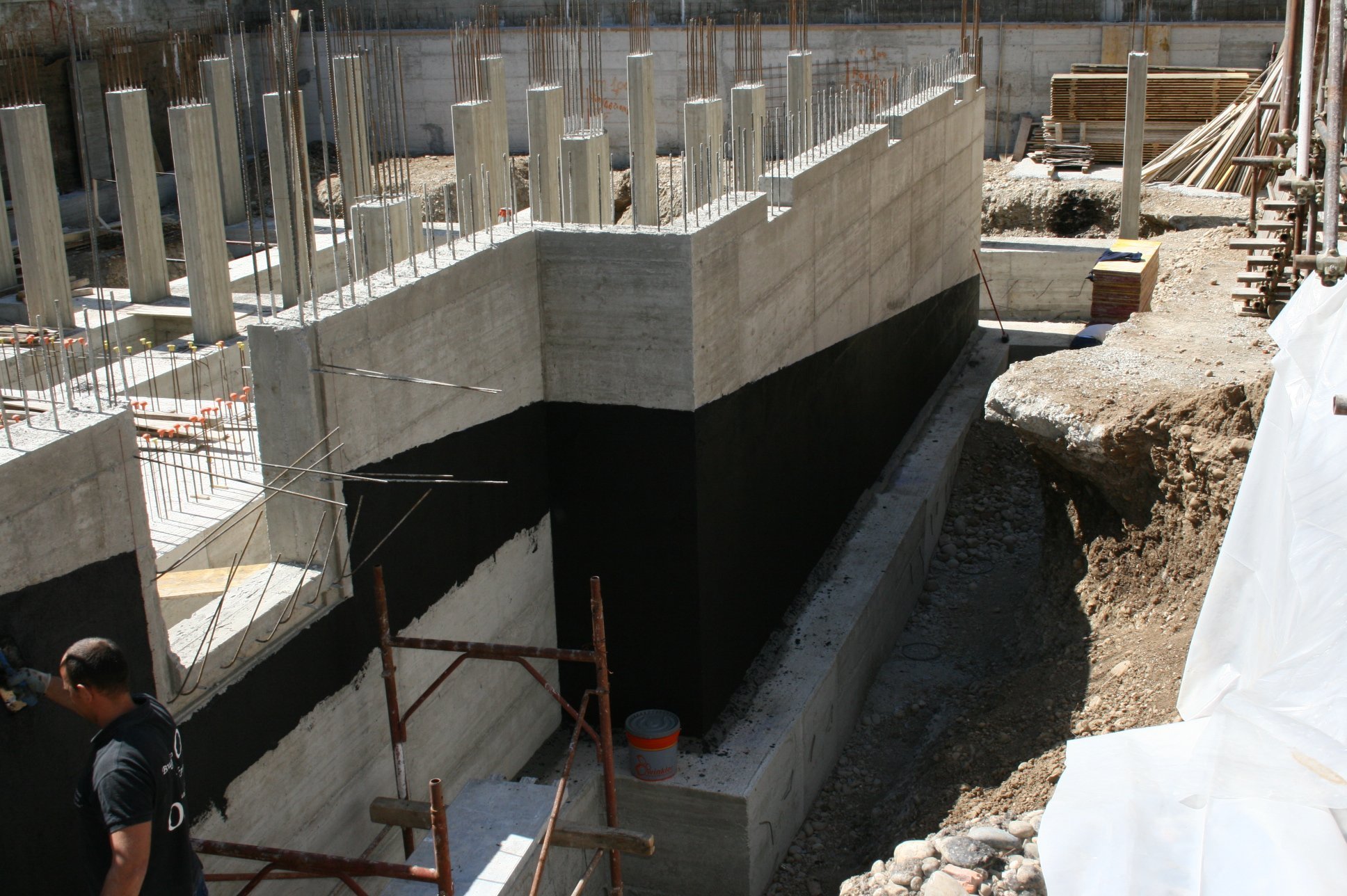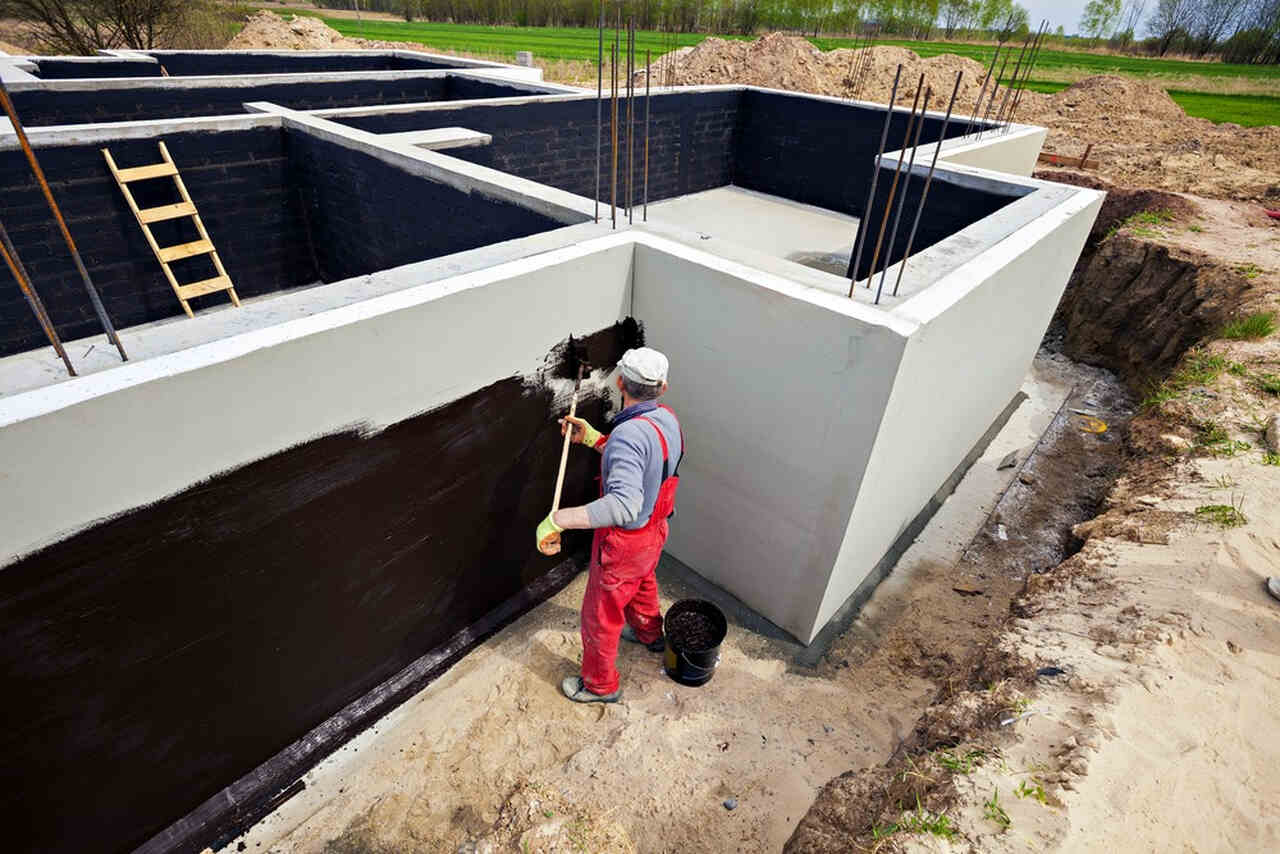Foundation waterproofing Omaha: Why It Matters
Wiki Article
Kinds of Waterproofing: Discovering the Numerous Techniques and Their Applications
Waterproofing is an important element of building and construction and upkeep. It safeguards frameworks from the detrimental effects of water damages. There are a number of approaches readily available, each with its distinct applications and benefits. From membrane systems to cementitious solutions, understanding these choices is vital for reliable implementation. The option of waterproofing method can substantially impact durability and longevity. Checking out these numerous methods discloses their distinctive advantages and possible challenges, prompting more factor to consider of excellent options.Membrane Waterproofing Systems
Membrane waterproofing systems function as a critical obstacle against water intrusion in various structures. These systems usually consist of thin sheets made from materials like rubber, polycarbonate, or bitumen, which are applied to surface areas to protect against wetness infiltration. They can be installed over or below grade and are especially reliable in locations prone to high water exposure, such as cellars, roofs, and foundations.The setup procedure includes cleansing the substrate, using adhesives or primers, and precisely fitting the membrane layer to assure complete coverage. Membrane layer systems can be either fully adhered, mechanically affixed, or laid loose, depending on the details demands of the project. They supply longevity and flexibility, fitting architectural motions without compromising their waterproofing capacities. These systems can be enhanced with added layers for improved protection. Ultimately, membrane layer waterproofing systems are necessary for protecting structures versus water damage and preserving lasting honesty.Liquid-Applied Waterproofing Coatings
Liquid-applied waterproofing coatings give a flexible option for securing surface areas from water infiltration - Water Solutions Omaha. These layers include liquid products that, when applied, form a seamless, versatile membrane layer. Their versatility enables application on numerous substrates, including concrete, steel, and wood. The layers can be utilized in varied environments, from household to industrial setups, making them appropriate for roof coverings, foundations, and below-grade structures.One substantial advantage of liquid-applied coatings is their capacity to adjust to uneven shapes and penetrate splits, developing a durable barrier versus moisture. They usually display superb attachment properties and resistance to UV radiation, guaranteeing durability and durability. Additionally, the application procedure is commonly uncomplicated, permitting quick installment and minimized labor expenses. This approach also decreases the danger of water merging, as the continual layer efficiently routes water far from at risk areas. In general, liquid-applied waterproofing finishes are an efficient selection for complete water protectionCementitious Waterproofing Solutions

Cementitious waterproofing options use a durable option for structures needing reputable moisture security. These systems primarily use a blend of concrete, sand, and chemical additives to develop a water resistant obstacle. They are often related to surfaces such as concrete wall surfaces, structures, and floors, providing a durable, long-lasting defense versus water intrusion.One of the vital advantages of cementitious waterproofing is its simplicity of application; it can be used using a brush, roller, or spray, making it suitable for different job dimensions. Furthermore, this technique works with several surface areas and can frequently be used in conjunction with other waterproofing techniques.Cementitious solutions are especially efficient in settings where water direct exposure is a concern, such as basements or below-grade structures. Their excellent adhesion buildings ensure that they bond well with substratums, supplying a strong and impenetrable layer versus wetness penetration.
Bentonite Waterproofing
Bentonite waterproofing is an extremely effective method that utilizes salt bentonite clay to develop an redirected here all-natural obstacle versus water. This method makes use of the distinct homes of bentonite, which broadens upon contact with water, sealing any kind of possible leakages and stopping wetness infiltration. It is commonly made use of in different applications, including foundation wall surfaces, passages, and maintaining walls, where water resistance is essential.Bentonite can be applied in numerous kinds, such as panels or coverings, offering flexibility in installation. Its ability to self-seal makes it an eye-catching alternative for locations subject to shifting dirt or ever-changing water levels. Additionally, bentonite waterproofing is eco-friendly, as it is a natural material that does not present harmful chemicals right into the surroundings.Water Drainage and Outside Waterproofing Systems
Reliable waterproofing typically entails a combination of strategies, consisting of drainage and outside systems. Water drainage systems, such as French drains and sump pumps, are made to redirect water far from structures, minimizing hydrostatic pressure versus foundations. These systems are necessary in avoiding water buildup that can cause structural damage and mold and mildew growth.External waterproofing, on the other hand, entails applying safety obstacles to the building's exterior. Techniques such as the setup of water-proof membranes, finishes, or sealants can help stop water seepage. This method not only secures the this post foundation however also improves the general sturdiness of the structure.Together, drainage and exterior waterproofing systems create a detailed solution to manage water successfully. By applying these strategies, building proprietors can protect their financial investments versus the harmful impacts of wetness, making certain lasting security and safety for their buildings.Frequently Asked Questions
How Do I Pick the Right Waterproofing Technique for My Project?
Picking the ideal waterproofing method depends on aspects such as project kind, environmental problems, budget plan, and wanted durability. Evaluating these facets permits notified decisions useful site customized to details requirements and demands.
Can Waterproofing Be Applied in Winter Conditions?
Waterproofing can be applied in winter conditions, yet it needs specific products and techniques. Cold temperature levels might affect healing times and adhesion, necessitating mindful option of products designed for low-temperature application.
What Are the Usual Indicators of Waterproofing Failing?
Common indicators of waterproofing failure consist of visible water spots, peeling paint, moist smells, mold development, and cracks in wall surfaces or structures. Foundation waterproofing Omaha. These signs recommend that moisture is permeating the obstacle, compromising its effectivenessThe Length Of Time Does Waterproofing Last Before Needing Maintenance?
The long life of waterproofing varies, usually lasting in between 5 to ten years. Elements such as material top quality, ecological problems, and upkeep practices influence its resilience, requiring regular evaluations to ensure efficient protection versus water invasion.Are There Eco-Friendly Waterproofing Options Available?
The question of eco-friendly waterproofing options exposes a growing rate of interest in lasting products (Sump pump installation & replacement Omaha). Different natural compounds, such as plant-based sealants and recycled products, offer effective solutions while minimizing ecological influence, interesting eco aware customersReport this wiki page